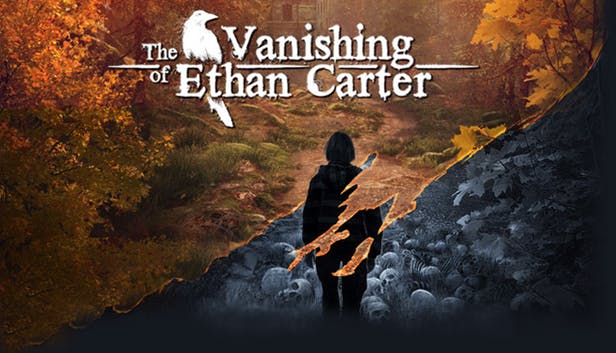(This is an archived old post from the previous version of the page.)
If I asked you what’s unique about video games, would you be able to name more than three things? Last month I wouldn’t, but then I’ve brainstormed a little with a few industry friends and here are the results: a list of nine wonderful things that exist only in video games.
You love video games? Maybe this will help you understand why. I know it helped me.

By the way, I’m discussing Single Player games only here. Oh, and I’ve been using Ockham’s razor a lot. I know that you could argue that interactivity is not unique to video games, because you can write a short story on an edible paper and then return it back to the nature in a wonderful circle of life. But let’s just …not, okay?
Here we go. First thing on the list? Something that’s not unique to video games.
Wait, what?
IMMERSION
Immersion is not unique to video games. Why do I mention it at all, then?
It will become clear in a second. But first, let’s start by confusing the hell out of everybody even more.
When you play Tetris, are you immersed or engaged? When feel cold in the mountains of Skyrim, are you immersed, or are you experiencing a sense of presence?
I know, right?
Don’t google these things, it will make your brain melt. I did the hard work for you. After reading a lot of sentences like “Presence is closely related to the phenomenon of distal attribution or externalization”, but also, most of all, using common sense, here’s what I have for you.
There’s immersion, there’s engagement, and there’s sense of presence.
Three very different things.
Immersion is forgetting the reality and teleporting our full attention to a different, made up reality. You can be immersed in the story of Indiana Jones, for example. When you forget to eat your popcorn watching Matrix, that’s because you got yourself immersed in the shenanigans of Neo.
Engagement is when you do stuff to solve a problem, and you love it. You can be engaged in a game of Tetris, for example. Or in making love to a sock, whatever floats your boat.
Sense of presence is when you feel like you’re physically somewhere else. You can feel a sense of presence when a monster in Amnesia passes by very close to you, for example. That shit is scary.
So, as you can see, immersion is not exclusive to video games. Other art forms enjoy it too, a lot. Considering the fact that most people never finish a game (the industry standard is 20-30%), I’d say that (so far) story-based games actually kind of suck at immersion.
SENSE OF PRESENCE
This was my second hour of LA Noire. I was checking out a corpse lying on the sidewalk, and suddenly I had a revelation.
A few policemen were talking to the curious crowd. My partner was taking notes, listening to a witness. Cars were slowing down whenever their drivers noticed the yellow tape.
On the other hand, though, some parts of the world were indifferent. The sun was shining, and the train far in the distance was full of sleepy passengers unaware that someone has been killed a mere few hundred meters away from them.
I have never felt more …there. There, inside a different world. I have felt the warmth of the sun rays, and smelled the exhaust fumes. I was somewhere else.
The feeling was so powerful that I have stopped playing for a minute, and just stood there, watching life. After all, we rarely have a chance to breathe in a 1940s Los Angeles.
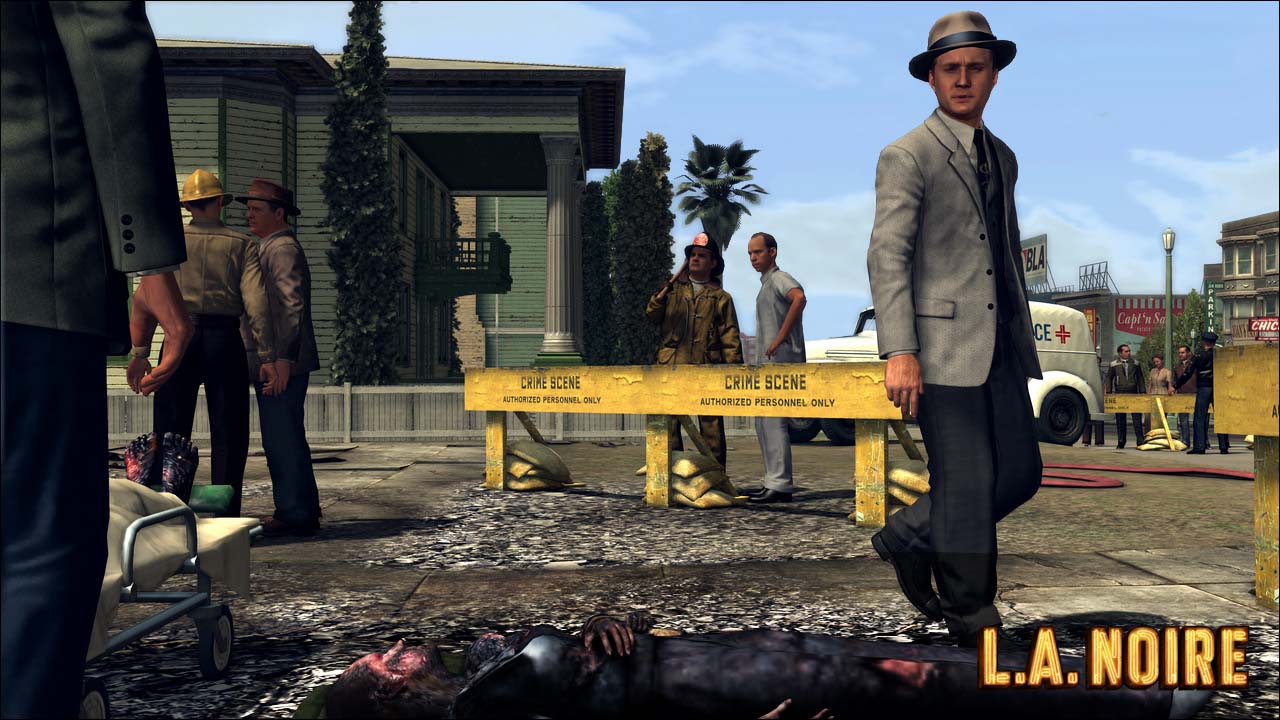
The sense of presence can be much more powerful in games than in movies or books for a simple reason: most of the time, we control the way we take in the experience. Even if it’s limited to looking around. The best you can do in a movie is to freeze a frame, and the best you can do in a book is to re-read a paragraph.
There are many methods of creating the sense of presence. It’s not just visuals and audio, but also interactivity. If I shoot a window in an open, persistent world, and the glass stays broken forever, the fact that it’s me who affected the world allows me for an even stronger connection.
The ultimate proof this exists? Have you ever seen someone leaning out from behind the wall in a game, and mirroring that movement with their body?
ENGAGEMENT
Except for some crazier art installations and a few experimental books, engagement – as defined earlier – is exclusive to one art form: video games. It’s quite uncomplicated, really. It requires interactivity. Books, movies, music, etc. – well, not quite interactive, are they? And no, choosing an option from a Bluray menu is not “interactivity”, come on now.
INTERACTIVITY
Can you interact with a painting in a way that your input is answered? Apparently, yes, you can.
Hilarity aside, I think we can all agree that in general the interactivity is very special to video games. We “talk” to the game, and the game “talks back” to us. We talk with bullets, keys, footsteps, etc. – but the game responds by altering its world as a result of our actions.
SHAPING THE EXPERIENCE
My playthrough of Doom did not look exactly like your playthrough of Doom. The weapons we used, when and how we used them, the strategy we implemented, the difficulty mode we chose, the secrets we found and in what order – I’m pretty sure these experiences were not carbon copies of each other.
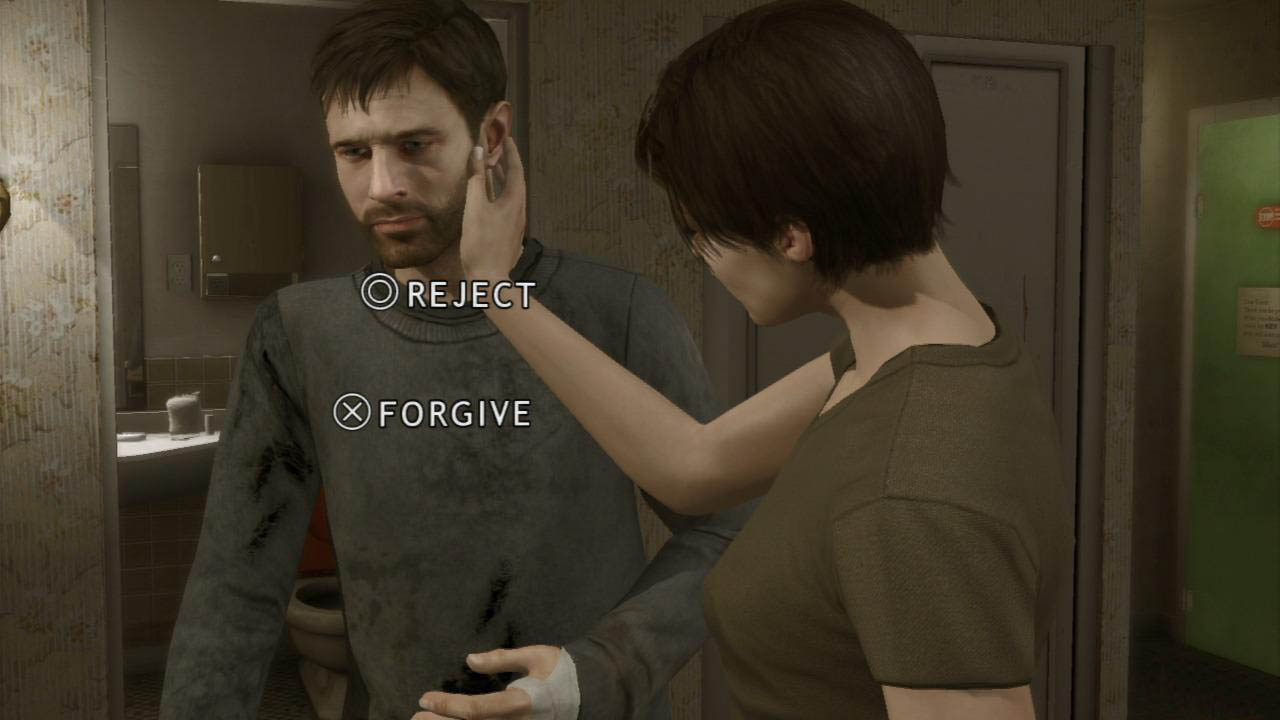
Some games – Heavy Rain, The Walking Dead, Mass Effect – take it further and offer choices that result in a different story with a different ending. This is similar to Choose Your Own Adventure kind of books, but takes the concept much further and actually makes it truly meaningful and obvious.
Second to second, minute to minute, and hour and hour experience in a game can be quite different to you and me.
CUSTOMIZABILITY
Movies and books ignite spoofs and fan fiction, but rarely a redesign. Fan made mods for games, on the other hand, in addition to the choice of difficulty modes, adaptable AI and tons of graphic options can alter our experience. We’re talking a much bigger change here than merely changing a font in an ebook reader. Remember how in “Indiana Jones and the Fate of Atlantis” you could choose three quite different paths through the game, depending on whether you prefer adventure, action, or social interactions?
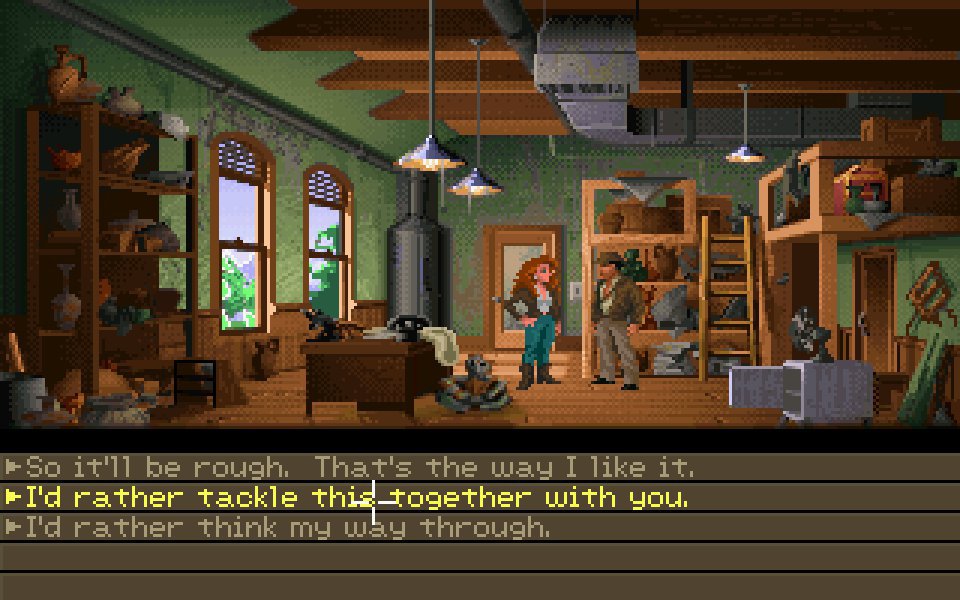
Please note that this is different to “shaping the experience” in a way that one is about altering the game, and the other is about different experiences within the very same game. The screenshot above is an example of both elements meeting half way, and I just had to have this post feature it somehow, because Indiana Jones.
PROGRESS BLOCKERS
Some people love them and believe they are the essence of video games, some people hate them and say they are not needed – but most games feature obstacles that the players have to remove in order to experience the next portion of the content.
That obstacle can be an enemy you have to kill, or a puzzle you have to solve. But until you do so, you’re stuck. Solutions like multiple quests to choose from or an option to change the difficulty mode just hide the problem under the bed, and not actually deal with it. Unless, again, you don’t think it’s a problem, but a heart and soul of video games.
MASTERY
This one’s really good: video games offer you a chance not only to compete against other people, but also to compete against yourself. Sure, you can try to read a book faster, or backwards, but that’s outside of what the books are all about.
But the video games? You can reach a made up million points milestone in Tetris or Bejeweled, and feel a great satisfaction doing so. After all, it’s not that different to making it to the end of a marathon or reaching the top of a mountain. It’s just that one exercises your muscles, and the other exercises your brain.
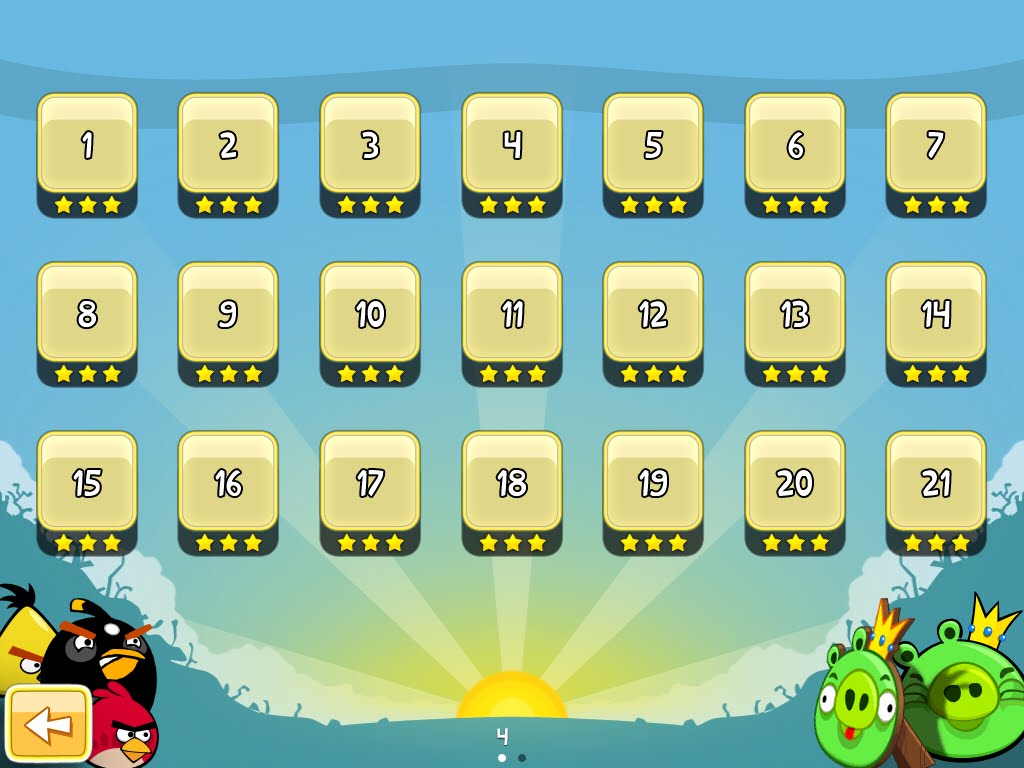
REPLAYABILITY
Books and movies have their replayability. Limited, but still. For example, re-watching a movie allows us to notice things we’ve missed before. Also, the essence of music is replayability.
However, those replays aren’t exactly redefining our experience. But our first and hundredth multiplayer match? Two different things. Replaying Angry Birds to get three stars on every level? Suddenly we cannot just replicate what we’ve done before. One more go at Diablo 3, but as a different class and in co-op? A different beast.
BETTER SATISFACTION/TIME RATIO
This one’s weird, but a game developer friend suggested it the other day, and I had to agree. Just playing one level of Cut the Rope can be satisfying. You rarely think “I’ll watch two minutes of the movie before I go to sleep”, but a quick session of Fairway Solitaire? Sure, why not.
Mechanics focused games divided into little chunks (e.g. levels) offer a unique use of a minute to any other medium.
—
So there you go. Nine things that make video games different to any other art form. A game does not have to have all of these elements, but if it does not feature at least one, even the most progressive minds will have a hard time calling it a „game”.
